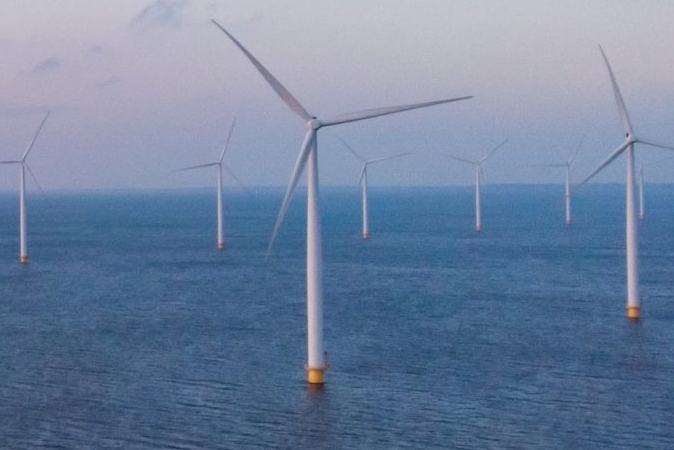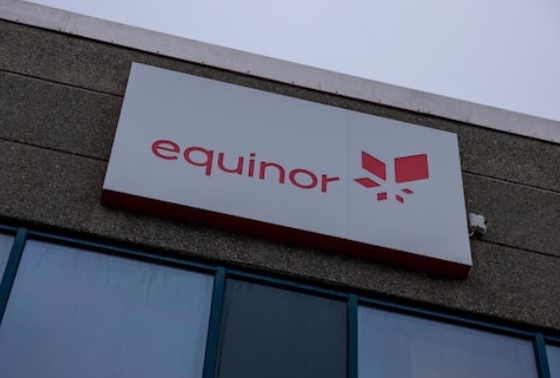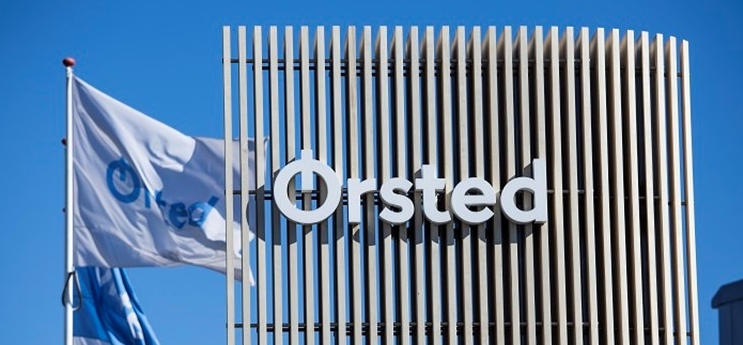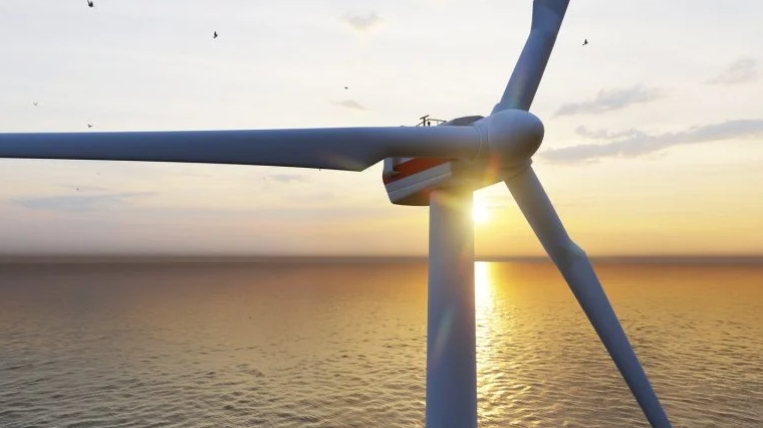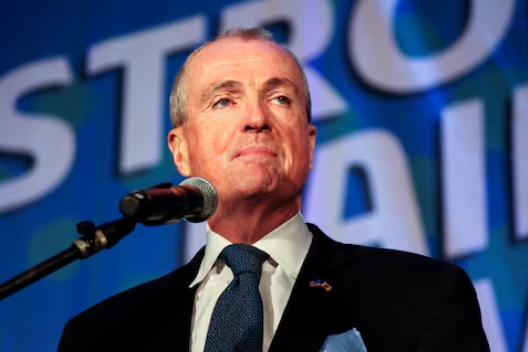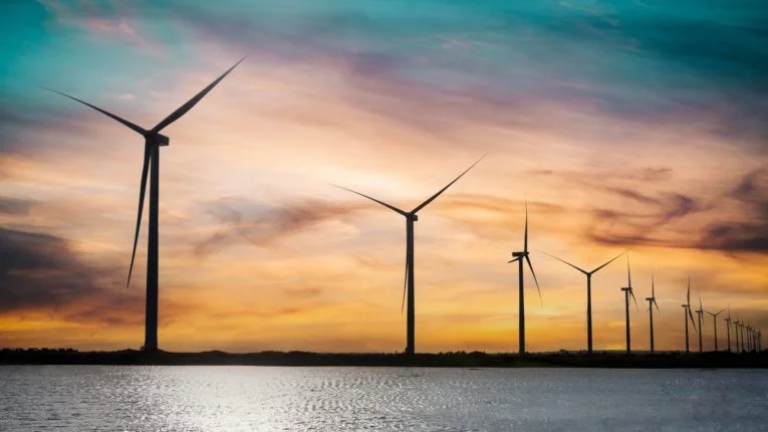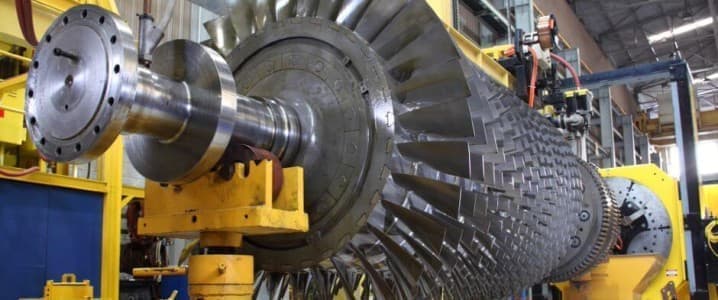
Just 4 GW of turbine capacity are in the planning stages. But the timeframes needed to get from the planning stage to the completion stage is five years, according to a report from Frontier Economics, meaning Germany is behind in its plan.
GE Gas Power VP Martin O’Neill pointed to significant challenges they face but they “appear to be stalled. Investors need to know how they can recover their investments in time.”
GE and Frontier have accused policymakers of being distracted by necessary firefighting that’s going on in the energy markets, causing the country to scramble to fill supply gaps with coal and nuclear power—in amounts that exceed the amount planned under the long-term renewable energy rollout. Further distractions include policymakers focusing on capping prices for consumers and windfall taxes on utilities.
But, according to GE and Frontier, policymakers should be providing clarity on funding new grid batteries, pumped storage plants, and other measures—while gas turbines can increase electricity supply, ancillary services to grids are necessary to keep supply from fluctuating.
Longer term, GE said, the gas turbines could be repurposed for low-carbon and zero-carbon fuels.
Germany’s Parliament voted this week to keep its last three nuclear power stations operating until April 15 to save the country from electricity supply issues. Germany also announced this week that it was nationalizing the former German subsidiary of Gazprom, after putting it under German government control months ago.
Germany also announced on Tuesday that it was increasing its plans for emergency cash deliveries in the event of power outages to keep the economy running, and possibly limiting bank withdrawals.
